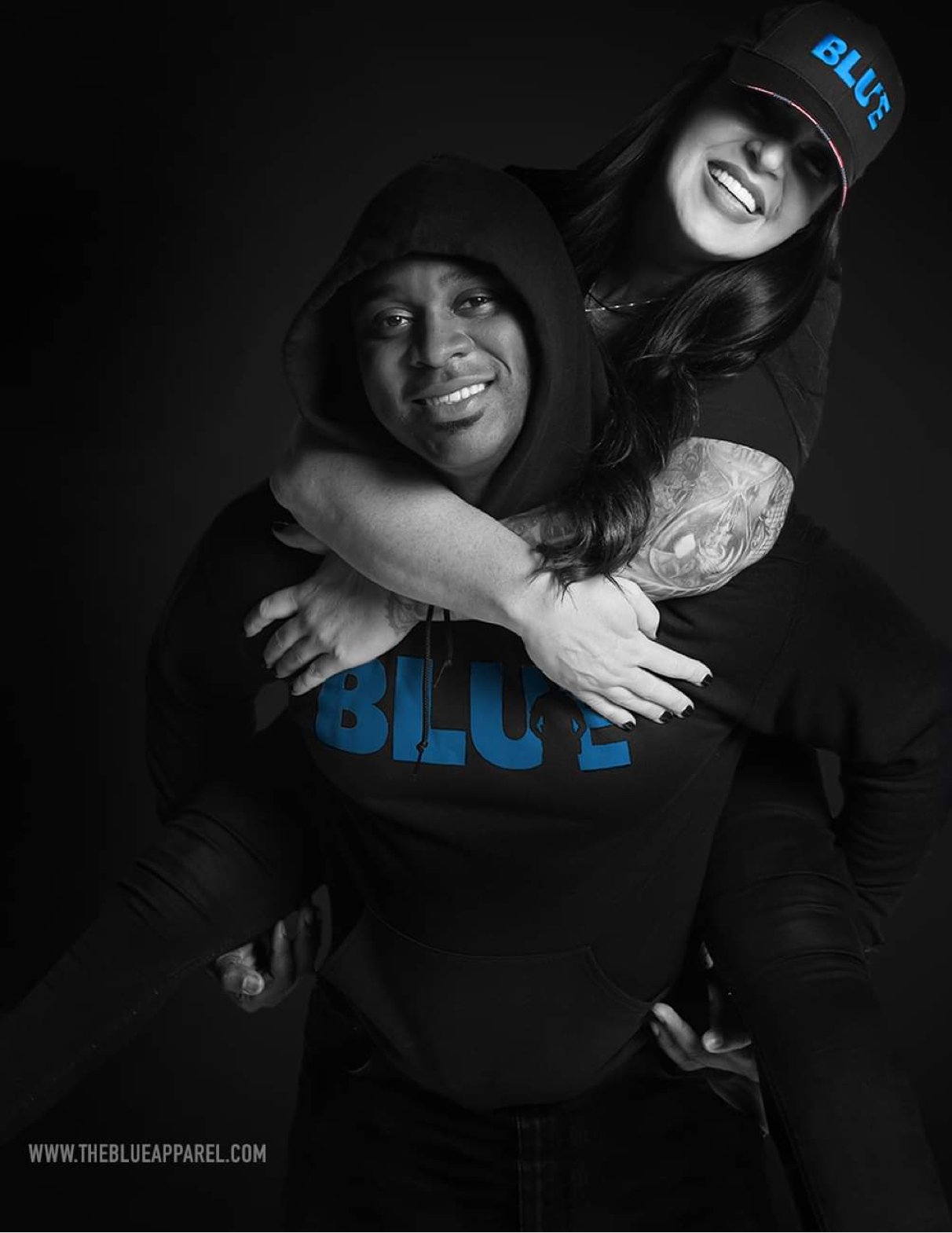Then and Now - The Dirty Work of Protection: Winning the Battle
/The Dirty Work of Protection: Winning the Battle
By: Joel E. Gordon
"There is no nice way to arrest a potentially dangerous, combative suspect. The police are our bodyguards; our hired fists, batons and guns. We pay them to do the dirty work of protecting us. The work we're too afraid, too unskilled, or too civilized to do ourselves. We expect them to keep the bad guys out of our businesses, out of our cars, out of our houses, and out of our faces. We just don't want to see how it's done." -Charles H. Webb, Ph.D.
When I made the decision to become a police officer, I did so out of a desire to help people. The one unknown question in my mind was how I would respond to a physical confrontation in the process of apprehending those that were dangerous individuals. What a relief it was during defense tactics training in the Baltimore City Police Academy - circa 1980 - when my class was informed “Police don't fight fair; we fight to win.” Then we learned techniques with which we could maintain tactical advantage. Of course, in today's world the police are frequently assuming greater risk of personal injury or death to satisfy a growing public perception that less is often more when it comes to use of force by the police.
Much of what a police officer does is misunderstood by outside observers. An angry person may possibly be talked down, but an enraged person will likely require a heightened use of force to stop any threat. Of course, doing so isn’t normally an easy task and certainly does not result in creating picture-perfect politically correct images for those recording the events as they unfold.
So is police reluctance to use reasonable and effective force in an attempt to avoid harsh judgement causing more harm than good to our law enforcement brothers and sisters? You be the judge...
For example, police failed to subdue a violent career criminal who was armed with a knife in Pittsburg, California this past February after a man called police to report that his son had tried to stab him.
Officers responded to the area, spotted the armed subject, and after realizing that the man wasn’t about to back down, tried to negotiate with him for the next hour. Bodycam footage showed as he refused to comply with officers’ repeated orders to drop his knife and to get onto the ground. A less-lethal round was deployed, a K-9 raced into the skirmish, and a Taser was utilized just as officers closed in, bodycam footage showed.
As the officers tackled the suspect to the ground while trying to get the knife-wielding man under control, he deliberately reached back and jabbed the officer in the neck with the open blade according to police accounts. Fortunately, in this case, the officer will recover and the suspect was ultimately apprehended.
A month later, a Maryland state trooper responded to a report of a man armed with a knife and slashing tires. The trooper approached the man and was stabbed in the side of his body. The trooper then fatally shot the man to stop the threat. The trooper survived the attack.
As is widely known, a close-quarters edged weapon or knife attack by an enraged person is almost certainly a losing proposition to anyone going up against it.
Back in the day, I was taught the 21-foot rule, which itself has been more recently under attack. The 21-foot rule was developed by Lt. John Tueller, a firearms instructor with the Salt Lake City Police Department. In 1983, when officer safety concerns were routinely first and foremost, a drill was conducted where a "suspect" armed with an edged weapon was positioned 20 or so feet away from an officer with a holstered sidearm. The armed suspect ran toward the officer in attack mode. The training objective was to determine whether the officer could draw and accurately fire upon the assailant before the suspect stabbed him. After repeating the drill numerous times, it was determined to be entirely possible for a suspect armed with an edged weapon to fatally engage an officer within the distance of 21 feet.
While deadly force should be a last resort, we must be able to do what is necessary to effectively stop any threat while fulfilling our mandate as peace officers. Today’s diminished concern for police safety in favor of elimination of perceived harshness in the handling of violent encounters cannot stand. We must not relinquish the tactical advantage training that has been received due to perceptions based upon false narratives. Let’s go home safely to our own families after every shift. After all, is the old adage not true that, if necessary, it is better to be judged by twelve than carried by six?










